
Do you have a question about the Honda Forza 300 2013 and is the answer not in the manual?
Provides essential guidelines for enhancing rider safety and ensuring proper operation.
Explains the meanings and importance of various safety labels found on the scooter.
Details crucial precautions for safe riding, including protective apparel and rider awareness.
Outlines recommended practices for safe riding, covering break-in periods and specific riding conditions.
Offers advice and warnings regarding the installation of accessories and modifications to the scooter.
Provides guidelines and warnings for safely loading luggage and cargo onto the scooter.
Identifies the location of key components and parts on the scooter.
Describes the various gauges, meters, and indicators on the instrument panel.
Explains the function and meaning of warning lights and indicators on the dashboard.
Details the operation and function of all control switches on the handlebars and body.
Provides step-by-step instructions for starting the scooter's engine safely.
Guides on how to begin riding, including acceleration and deceleration techniques.
Explains the correct method for applying the front and rear brakes together for effective stopping.
Details the procedure for opening the fuel filler cap and the recommended fuel type.
Covers the operation of the seat, helmet holder, and luggage box for storage.
Provides information on the location and usage of the accessory power socket.
Highlights the critical role of regular maintenance for safety, performance, and longevity.
Outlines the recommended intervals for routine inspections and replacements.
Covers essential pre-ride inspections and basic maintenance procedures.
Lists the tools provided for performing roadside repairs and minor adjustments.
Details how to check, select, and change the engine oil.
Covers checking brake fluid level and inspecting brake pads for wear.
Details adjustments for rear suspension spring preload and headlight aim.
Addresses common issues and checks when the engine fails to start.
Explains symptoms of engine overheating and procedures to follow if it occurs.
Details the meaning and response procedures for various warning lights on the dashboard.
Provides guidance on dealing with tyre punctures, including emergency repairs.
Covers common electrical issues like a dead battery or blown fuses.
Information on the ignition key, its coded chip, HISS system, and handling precautions.
Details the operation of the ignition switch for starting, locking, and accessory functions.
Explains the function and proper use of the engine stop switch.
Information about the odometer display and its limitations.
Details on the tripmeter A and B, and how to reset them.
Explanation of the Honda Ignition Security System (HISS) and its indicator.
Advises on the acceptable percentage of ethanol in fuel and potential risks.
Guidelines to protect the scooter's catalytic converter by using proper fuel and maintaining the engine.
Provides detailed instructions and precautions for washing the scooter.
Guidelines for cleaning aluminium parts to prevent corrosion and scratches.
Advice on cleaning panels to prevent scratches and blemishes.
Steps for preparing and storing the scooter for extended periods, including battery removal.
Recommends using trailers or trucks with tie-down straps for safe transport.
Promotes responsible ownership through sensible cleaning products and waste recycling.
Explains where to find the frame and engine serial numbers for registration and parts.
Lists the primary physical and performance specifications of the scooter.
Provides technical data including tyre sizes, fluid capacities, and recommended parts.
Lists the specifications for all bulbs used in the scooter's lighting system.
Details the types and ratings of fuses for the scooter's electrical circuits.
Specifies the correct torque values for tightening critical fasteners.
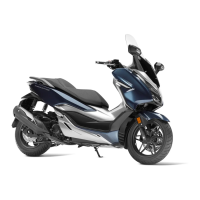




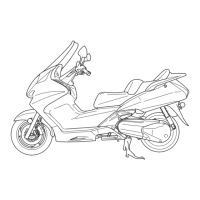
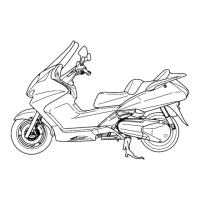
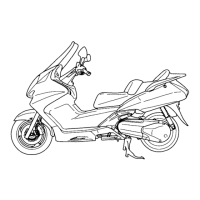
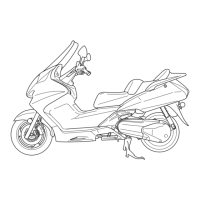
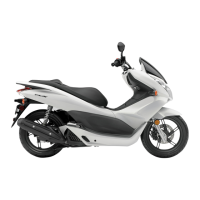
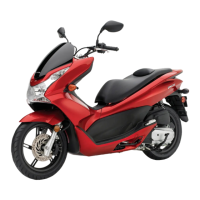
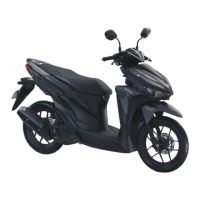
